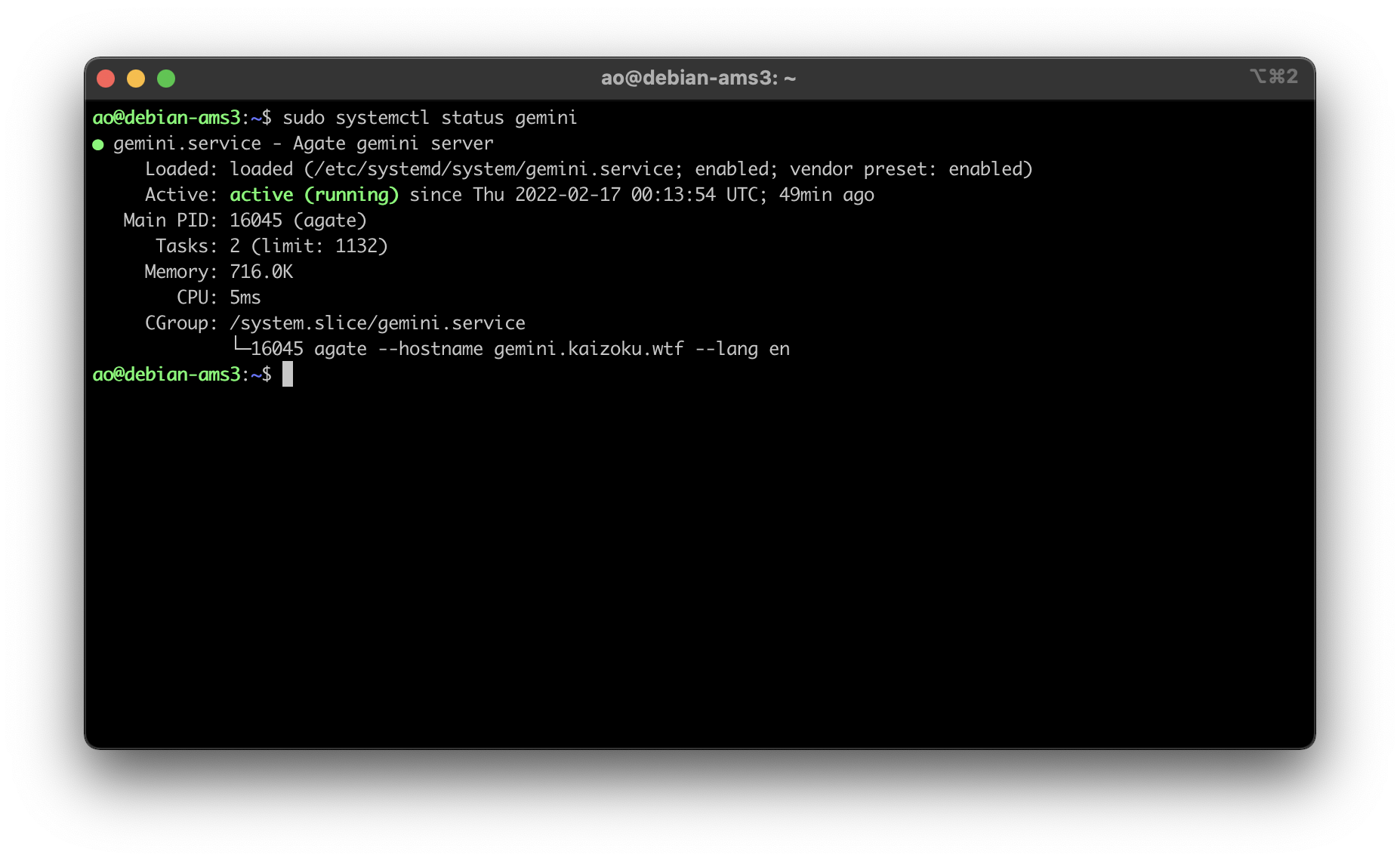Server OS: Debian

I've used various Linux distributions throughout the years, but I've never used anything except Ubuntu for my servers. Why? I really have no idea, mostly just comfort around the commands and software availability.
However, I have always wanted to try Debian as a server OS after testing it out in a VM a few years ago (side-note: I'd love to try Alpine too, but I always struggle with compatibility). So, I decided to launch a new VPS and use Debian 11 as the OS. Spoiler alert: it feels identical to Ubuntu for my purposes.
I did the normal things when first launching the VPS, such as adding a new user, locking down SSH, etc. If you want to see that level of detail, read my other post about How to Set Up a VPS Web Server.
All of this has been similar, apart from small things such as the location of users' home folders. No complaints at all from me - Debian seems great.
Web Server: Nginx

Once I had the baseline server configuration set-up for Debian, I moved on to
trying out Nginx as my web server software. This required
me to install the nginx and ufw packages, as well as setting up the initial
UFW config:
Once I had the firewall set, I moved on to creating the directories and files for my website. This is very easy and is basically the same as setting up an Apache server, so no struggles here.
The next part, creating the Nginx configuration files, is quite a bit different
from Apache. First, you need to create the files in the sites-available folder
and symlink it the sites-enabled folder.
Creating the config file for your domain:
Default content for an Nginx config file:
Finally, symlink it together:
This will make your site available to the public (as long as you have
your_domain DNS records pointed at the server's IP address)!
Next, I used certbot to issue an HTTPS certificate for my domains using the following commands:
; ;
Now that certbot ran successfully and updated my Nginx config files to include a
443 server block of code, I went back in and edited the config file to include
security HTTP headers. This part is optional, but is recommended for security
purposes; you can even test a website's HTTP header security at Security
Headers.
The configuration below shows a set-up where you only want your website to serve
content from its own domain, except for images and scripts, which may come from
nullitics.com. All other content would be blocked from loading in a browser.
Nginx vs. Apache
As I stated at the beginning, my historical hesitation with trying Nginx was that the differences in configuration formats scared me away from leaving Apache. However, I prefer Nginx to Apache for a few reasons:
- Nginx uses only one config file (
your_domain) vs. Apache's two-file approach for HTTP vs. HTTPS (your_domain.confandyour_domain-le-ssl.conf). - Symlinking new configurations files and reloading Nginx are way easier than
Apache's process of having to enable headers with
a2enmod mod_headers, enable PHP witha2enmod php(plus any other mods you need), and then enabling sites witha2ensite, and THEN reloading Apache. - The contents of the Nginx config files seem more organized and logical with the curly-bracket approach. This is a minor reason, but everything just felt cleaner while I was installing my sites and that had a big quality of life impact on the installation for me.
They're both great software packages, but Nginx just seems more organized and easier to use these days. I will certainly be exploring the Nginx docs to see what other fun things I can do with all of this.
Gemini Server: Agate

Finally, I set up the Agate software on this server again to host my Gemini server content, using Rust as I have before. You can read my other post for more information on installing Agate: Hosting a Gemini Server.
All in all, Debian + Nginx is very slick and I prefer it over my old combination of Ubuntu + Apache (although it's really just Nginx > Apache for me, since Debian seems mostly the same as Ubuntu is so far).